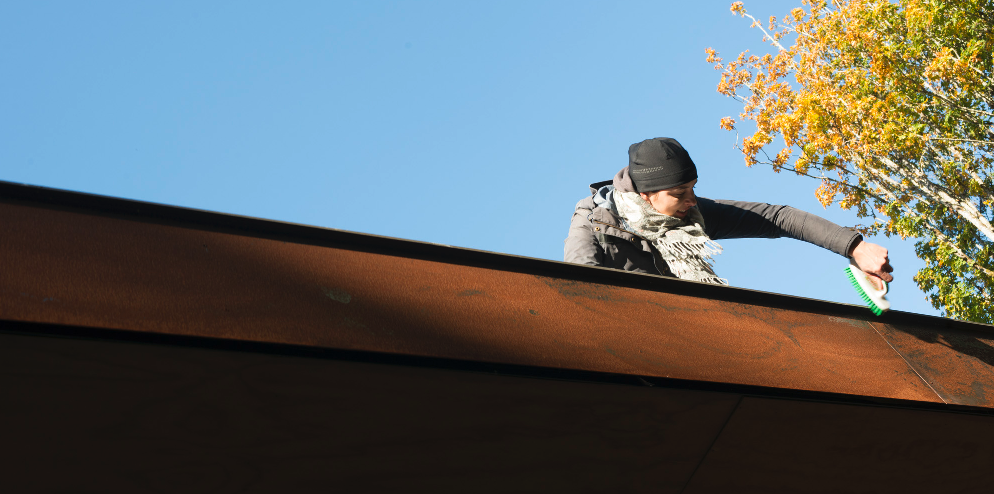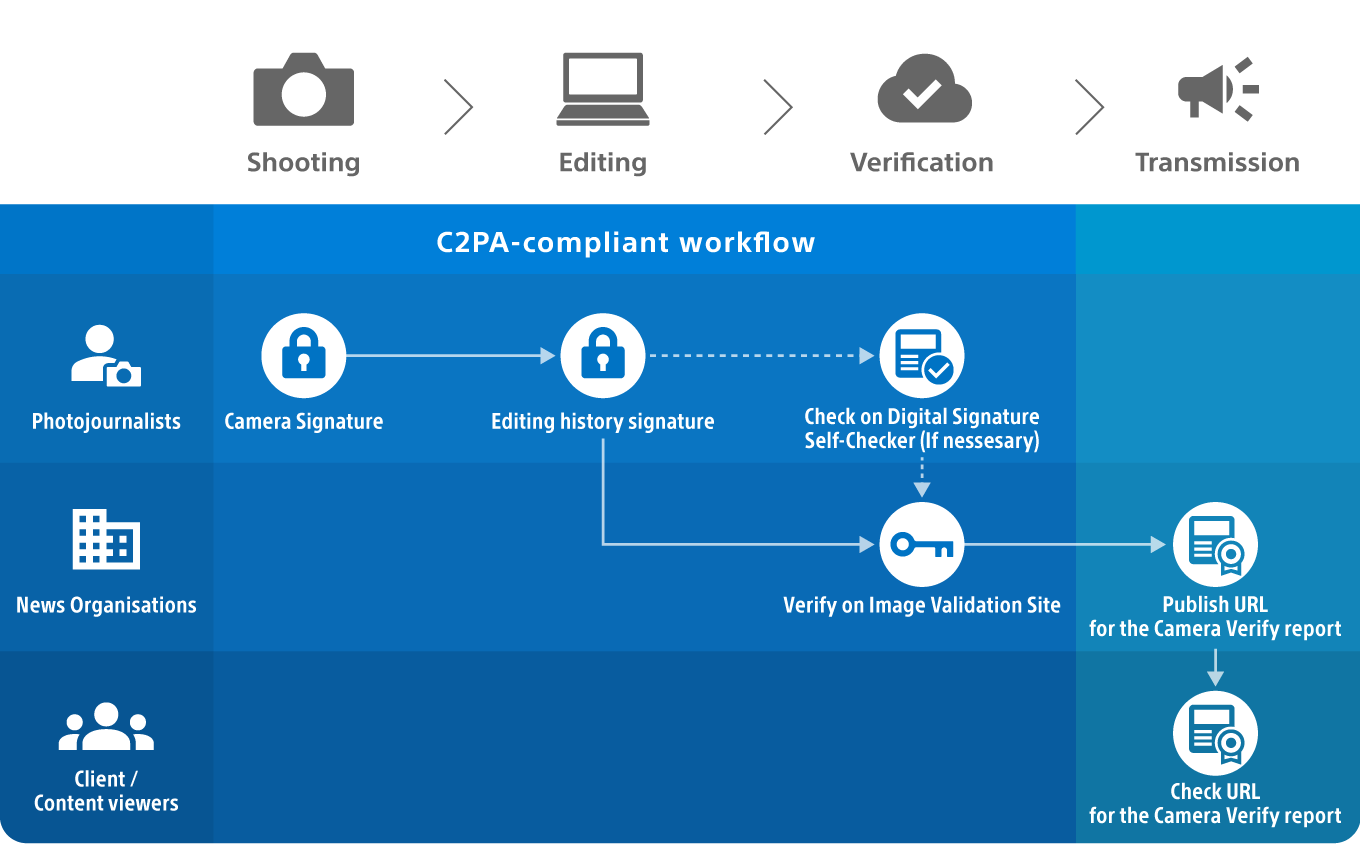Expectation vs. Reality: 5 Tips for Handling the Unexpected During Shoots
Shoot production can be a chaotic beast, no matter how much meticulous planning or pre-visualization goes into a campaign. Creative agencies and studios alike will come face-to-face with all kinds of unexpected variables outside of their control—from disruptive weather to faulty equipment, and awkward logistics. Even the use of visual effects and computer graphics can be unpredictable—push hardware or software too far and you might, very abruptly, hit an undiscovered limit.
As Saddington Baynes has expanded further into on-set shoot production, we've had to adapt to new kinds of challenges. In many cases, merging live-action and CG work is key to maintaining the client's vision when a shoot goes awry, and there are many different techniques that can help maintain standards of quality.
How can creatives best adapt to the behind-the-scenes challenges of live action shooting and CG to utiliZe the myriad benefits both before and after being on-set? Here are five key rules that any shoot production expert worth their salt should be thinking about.
1. CONTROL THE WEATHER
You can plan as much as you'd like, but when Mother Nature is ready to let loose with rain, snow, hail, or worse, all you can really do is react as quickly and safely as possible—and have a backup plan or two ready in your back pocket.
That's where CG can be a life-saver. If your shoot schedule doesn't allow the flexibility to return another day or otherwise find a live-action solution to any weather-related dilemmas, then you can harness the power of CG to complete projects or tweak results. One potential option is to use LIDAR scanning to capture useful location data, in case you need to rebuild assets after the fact.
It happens to everyone. On one shoot, a freak late-season snowfall blanketed the entire set, forcing an early wrap. Another time, while shooting a car campaign in Arizona, we had to deal with a punishing sandstorm. We didn't realize how painful it could be—and that's true for our equipment, too.
The professional video industry's #1 source for news, trends and product and tech information. Sign up below.
Things can get wild out there, but Mother Nature's ill-timed intrusions can be corrected in post, taking all the pressure off after you've evaded any unexpected storms.
2. THE ULTIMATE MAKEOVER
CG can also help overcome a wide array of unexpected location issues. How a location looks in a staged photo may not always be what you see once you arrive. Perhaps it's degraded or in need of upkeep. It could even be an issue of lighting, when time of year or other variables affect what you're able to capture.

You might not have the time to make a location change, or your client might be dead-set on sticking with the locale. When that happens, it's up to you to make it work.
In one case, a home we planned to shoot in had months of overgrown plant life, and didn't look nearly as glamorous as the architectural shots had suggested. Furthermore, a hedge had been visibly munched on by caterpillars; it was a scraggly mess. In the end, we had to do significant work to beautify the location in a hurry.
It's often much easier and even less time-intensive to use CG to fine-tune location shoots after the fact. Whether that's paint clean-up or removing objects, adding CG buildings or other elements to the live-action footage, or changing the lighting conditions, it's all very possible. Digital tinkering can save a whole lot of physical struggle and frustration, and it provides much more flexibility to get the look exactly right.
3. LIGHTS, CAMERA, ACTION
Going into a shoot with an understanding of how CG can help finish a project is key, as you never know when a technological malfunction might derail a perfect shoot plan. Dealing with an unexpected tech headache can eat up your shoot time and limit the amount of workable footage you're able to capture on-set. Troubleshooting may only take you so far.

Whether you need to rebuild an environment from scratch or reframe shots, the power of CG makes it possible to salvage a shoot that's gone awry. Be ready to pivot as needed and integrate a larger share of CG work in post as needed.
4. EXPECT THE UNEXPECTED
No shoot will ever go 100 percent as expected, and if you're lucky, any hurdles will be small ones. If you're not so lucky, then a lack of preparation can prove very costly indeed. Experience will help you navigate many issues, but intelligent pre-shoot planning is invaluable.
Battle-plan for an array of issues like those mentioned earlier, and think about using CG to address potential problems before they happen. For example, you can use CG to engineer camera setups and angles, and prepare for elements like lighting and reflections. With CG always available as a tool, we come into shoots better prepared and leave knowing that we're ready to deliver the client's vision.
5. RETHINK THE BALANCE
As both a VFX supervisor and shoot director, I know well the immense power of CG—how it can fix live-action footage and empower creators. Of course, you always want to capture as much as possible on-set, but integrated production methods allow for so much more flexibility than strictly traditional methods.
Knowing your client and what they're seeking creatively is also essential. You need to engineer an approach that's going to give the maximum amount of flexibility. It's necessary to be able to move camera angles or change lighting, improving on the original deliverables or adjusting to client feedback. That’s something we can excel at by implementing visualization on-set, holding up a consumer-grade tablet to map out elements quickly and accurately, again blending live action and CG to eliminate creative roadblocks before they appear.
Experience is the key to keeping a cool head and finding simple, streamlined solutions to an unpredictable shoot. Integrated, CG-driven techniques are available to solve most potential issues, you can now go into a shoot feeling confident, capable, and ready to execute on your vision.
Andrew White is creative director at Saddington Baynes in London.
